Introduction
The main stimulus for this theme issue came from the perception shared by several scholars that “post-socialist” (or “post-communist cities”)11. “Post-socialist,” “post-communist,” and sometimes even “post-Soviet” are concepts that are used almost interchangeably in the literature, despite their slight differences in meaning. In this publication, as theme issue editors, we opt for “post-socialist,” not least because past debates concerned the “socialist” rather than the “communist” city. Even so, this does not amount to an endorsement of the “post-socialist city” concept per se. Because the post-socialist city is a widely used and understood concept, we will continue using it in the rest of this introduction, dropping the initial quotation marks which are intended to emphasize the somewhat contentious nature of the concept and of the associations that it carries. Our main focus is on post-socialist cities in Central and Eastern Europe, but many of the insights contained in this volume are relevant elsewhere, too.View all notes cities are poorly visible in the urban studies literature, and that when they are, they fail to have an enduring influence on broader debates. Yet the post-socialist city, like any other place on earth, offers a unique source of, and potential for, new ideas, deserving more attention and more active engagement not only by scholars with a stated interested in the region, but also by the academic community at large.
Framing this problem as a matter of conceptual and theoretical imports and exports, Sjöberg (2014Sjöberg, Örjan. 2014. “Cases on to Themselves? Theory and Research on Ex-socialist Urban Environments.” Geografie 119: 299–319.[Web of Science ®], [Google Scholar]; see also Grubbauer 2012Grubbauer, Monika. 2012. “Toward a More Comprehensive Notion of Urban Change: Linking Post-socialist Urbanism and Urban Theory.” In Chasing Warsaw – Socio-Material Dynamics of Urban Change since 1990, edited by M.Grubbauer and J.Kusiak, 35–60. Frankfurt: Campus Verlag. [Google Scholar]) recently concluded that imports of mainly Western-developed ideas into Central and Eastern Europe (CEE) have occurred extensively, while little, if anything, has been produced or refined for export from the region to the global market of ideas. Sjöberg’s (2014Sjöberg, Örjan. 2014. “Cases on to Themselves? Theory and Research on Ex-socialist Urban Environments.” Geografie 119: 299–319.[Web of Science ®], [Google Scholar]) concerns add on to the increasingly frequent calls for more globally inclusive urban studies, calls that are particularly voiced by scholars working in the postcolonial tradition (e.g. Robinson 2005, 2011a, 2011b, 2013Robinson, Jennifer. 2005. “Urban Geography: World Cities, or a World of Cities.” Progress in Human Geography 29: 757–765.10.1191/0309132505ph582pr
Robinson, Jennifer. 2011a. “Cities in a World of Cities: The Comparative Gesture.” International Journal of Urban and Regional Research 35: 1–23.10.1111/ijur.2011.35.issue-1
Robinson, Jennifer. 2011b. “Comparisons: Colonial or Cosmopolitan?” Singapore Journal of Tropical Geography32: 125–140.10.1111/sjtg.2011.32.issue-2
Robinson, Jennifer. 2013. “The Urban Now: Theorising Cities beyond the New.” European Journal of Cultural Studies 16: 659–677.10.1177/1367549413497696 ; Roy 2009Roy, Ananya. 2009. “The 21st Century Metropolis: New Geographies of Theory.” Regional Studies 43: 819–830.10.1080/00343400701809665[Taylor & Francis Online], [Web of Science ®], [Google Scholar]; Jacobs 2012Jacobs, Jane. 2012. “Commentary – Comparing Comparative Urbanisms.” Urban Geography 33: 904–914.10.2747/0272-3638.33.6.904[Taylor & Francis Online], [Web of Science ®], [Google Scholar]; McFarlane and Robinson 2012McFarlane, Colin, and Jennifer Robinson. 2012. “Introduction – Experiments in Comparative Urbanism.” Urban Geography 33: 765–773.10.2747/0272-3638.33.6.765[Taylor & Francis Online], [Web of Science ®], [Google Scholar]), but that have in fact gained resonance within wider circles. What these scholars have in common is that they question the global reach of urban theory, and particularly of the unidirectional and parochial nature of the flow of urban knowledge from the West toward the “rest.” While they do acknowledge the value of, for example, the significant body of literature on the articulations of neoliberalism in cities across the world, these writers nevertheless criticize such work on the basis of it being rooted in the experience of a mere handful of cities that key urban thinkers have as their backyards – often islands of exceptionality scattered across (the northwestern quadrant of) a world of ordinary cities. Earlier versions of this critique had emerged already in the 1990s, when the dominance of Chicago and Los Angeles – the city “where it all comes together” (Soja 1989Soja, Edward. 1989. Postmodern Geographies. London: Verso. [Google Scholar]) – in urban theory supposedly silenced the voices of the sub-iconic and ordinary elsewhere (see Amin and Graham 1997Amin, Ash, and Stephen Graham. 1997. “The Ordinary City.” Transactions of the Institute of British Geographers 22: 411–429.10.1111/tran.1997.22.issue-4[Crossref], [Web of Science ®], [Google Scholar]).
The causes are certainly multiple, but four main explanations can be singled out. First, a resilient assumption permeating much research on post-socialist cities is that these cities are anomalous, subject to gradual correction with the return of “normal” economic relations rooted in a capitalist system, and as such, that they are ill-placed to inform broader urban theory. Such an assumption implies that there is, or should be, a final product (a post-correction city) liberated from all meaningful socialist legacies, its landscape “cleansed” (Czepczyński 2008Czepczyński, Mariusz. 2008. Cultural Landscapes of Post-socialist Cities. Aldershot: Ashgate. [Google Scholar]) of any socialist-era urban impurities. This way, the value of globally circulating urban knowledge may be expected to increase in parallel with the evaporation of the socialist past’s anomalous vestiges. Meanwhile, the concomitant transition process needs to be theorized, but it is a theorization that is conscribed in space and time to countries undergoing this process, and is thus hard to re-export. A prominent and useful example of such theorization is Sýkora and Bouzarovski’s (2012Sýkora, Luděk, and Stefan Bouzarovski. 2012. “Multiple Transformations: Conceptualising the Post-communist Urban Transition.” Urban Studies 49: 43–60.10.1177/0042098010397402[Crossref], [Web of Science ®], [Google Scholar]) multiple transformations conceptualization of urban transition, which allows for manifold and tortuous routes along a single broad trajectory from central planning and totalitarianism toward democracy and the market, providing the fresh canvas upon which (presumably slower) sociocultural and urban spatial transitions are subsequently drawn. In this perspective, having completed this three-stage transition, cities enter (or return to) the realm of ordinary theory. However, while the approach echoes the literature on double transition processes in Latin America during the 1980s, it overlooks, or at least downplays, the important “third” (Offe [1991Offe, Claus. 1991[2004]. “Capitalism by Democratic Design? Democratic Theory Facing the Triple Transition in East Central Europe.” Social Research 71: 501–529. [Google Scholar]] 2004) and “fourth” (Kuzio 2001Kuzio, Taras. 2001. “Transition in Post-communist States: Triple or Quadruple?” Politics 21: 168–177.10.1111/1467-9256.00148[Crossref], [Google Scholar]) transitions – toward state and nation-building.
Similarly, second, such conceptualizations sustain discourses that frame post-socialist cities as lagging behind (cf. Robinson 2004Robinson, Jennifer. 2004. “In the Tracks of Comparative Urbanism: Difference, Urban Modernity and the Primitive.” Urban Geography 25: 709–723.10.2747/0272-3638.25.8.709[Taylor & Francis Online], [Web of Science ®], [Google Scholar]). They are in other words not just anomalous, but also non-modern, which effectively doubles their relative “difference” when seen through the lens of the principal First-World distilleries of urban thought. Accordingly, the need to “catch up” – against a backdrop of existing theory on First-World forerunner cities (Hirt 2012Hirt, Sonia. 2012. Iron Curtains. Malden: John Wiley and Sons.10.1002/9781118295922[Crossref], [Google Scholar]) – was a relatively unproblematic assumption during the 1990s – an assumption that became increasingly criticized later on (Hörschelmann and Stenning 2008Hörschelmann, Kathrin, and AlisonStenning. 2008. “Ethnographies of Postsocialist Change.” Progress in Human Geography 32: 339–361.10.1177/0309132508089094[Crossref], [Web of Science ®], [Google Scholar]; Stenning and Hörschelmann 2008Stenning, Alison, and KathrinHörschelmann. 2008. “History, Geography and Difference in the Post-socialist World: Or, Do We Still Need Post-socialism?” Antipode 40: 312–335.10.1111/j.1467-8330.2008.00593.x[Crossref], [Web of Science ®], [Google Scholar]; Ferenčuhová 2012Ferenčuhová, Slavomíra. 2012. “Urban Theory beyond the ‘East/West Divide’? Cities and Urban Research in Postsocialist Europe.” In Urban Theory beyond the West: A World of Cities, edited by T. Edensor and M.Jayne, 65–74. London: Routledge. [Google Scholar]; Hirt 2012Hirt, Sonia. 2012. Iron Curtains. Malden: John Wiley and Sons.10.1002/9781118295922[Crossref], [Google Scholar]).
Third, as both Robinson (2004Robinson, Jennifer. 2004. “In the Tracks of Comparative Urbanism: Difference, Urban Modernity and the Primitive.” Urban Geography 25: 709–723.10.2747/0272-3638.25.8.709[Taylor & Francis Online], [Web of Science ®], [Google Scholar]) and Roy (2009Roy, Ananya. 2009. “The 21st Century Metropolis: New Geographies of Theory.” Regional Studies 43: 819–830.10.1080/00343400701809665[Taylor & Francis Online], [Web of Science ®], [Google Scholar]) note, theory generated outside of this exclusive club, in general, tends to be viewed as a particularistic contribution to the description and understanding of what is past and elsewhere (see Peck [2015Peck, Jamie. 2015. “Cities beyond Compare?” Regional Studies 49: 160–182.10.1080/00343404.2014.980801[Taylor & Francis Online], [Web of Science ®], [Google Scholar]] and Scott and Storper [2015Scott, Allen J., and Michael Storper. 2015. “The Nature of Cities: The Scope and Limits of Urban Theory.” International Journal of Urban and Regional Research 39: 1–15.10.1111/ijur.v39.1[Crossref], [Web of Science ®], [Google Scholar]] for examples of similar critique toward the “new comparative urbanism” literature), and thus of little importance to other contexts. Post-socialist cities have a defining relation to the (socialist) past (see Hirt 2016Hirt, Sonia. 2016. “Once the Socialist City.” In Conceptual Forum: The ‘Post-socialist’ City, SoniaHirt, SlavomíraFerenčuhová, and Tauri Tuvikene. Eurasian Geography and Economics 57: 497–520. [Google Scholar]), representing a project of catching up, of reducing the imagined distance in both time and space with the West. Thus, they are a particularly interesting example of cities that are “elsewhere,” yet not so far, and that are “past,” but not quite,22. Reading Homi Bhabha’s Of Mimicry and Man: The Ambivalence of Colonial Discourse(1984Bhabha, Homi. 1984. “Of Mimicry and Man: The Ambivalence of Colonial Discourse.” Discipleship: A Special Issue on Psychoanalysis 28: 125–133. [Google Scholar]) is particularly inspiring in rethinking the ambivalent meaning of post-socialist identity.View all notes and as such, they are hardly considered as sources of general theoretical input. Yet, “ordinary theory” (Peck 2015Peck, Jamie. 2015. “Cities beyond Compare?” Regional Studies 49: 160–182.10.1080/00343404.2014.980801[Taylor & Francis Online], [Web of Science ®], [Google Scholar]) is fraught with much the same problem, and Robinson (2011aRobinson, Jennifer. 2011a. “Cities in a World of Cities: The Comparative Gesture.” International Journal of Urban and Regional Research 35: 1–23.10.1111/ijur.2011.35.issue-1[Crossref], [Web of Science ®], [Google Scholar], 10) suggests that “most urban research is fairly parochial, with often quite locally derived conclusions circulating as universal knowledge.” Leitner and Sheppard (2016Leitner, Helga, and Eric Sheppard. 2016. “Provincializing Critical Urban Theory: Extending the Ecosystem of Possibilities.” International Journal of Urban and Regional Research 40: 228–235.10.1111/1468-2427.12277[Crossref], [Web of Science ®], [Google Scholar], 230) add on to this critique (based on the example of the Burgess concentric ring model) by noting that “certain local epistemologies may gain hegemonic status for reasons that have little to do with their universal validity” (230).
Finally, fourth, still relatively few scholars working in post-socialist countries have managed to reach out with their results, for various reasons, including language barriers, resource constraints, lack of library access to the international literature, and thus detachment of their work from current theoretical debates. Certainly, the overall situation has improved during recent years, but the improvements have not taken place in a geographically uniform way, leading to increased differences between and within particularly country contexts (see Timár 2004Timár, Judit. 2004. “More than ‘Anglo-American’, It is ‘Western’: Hegemony in Geography from a Hungarian Perspective.” Geoforum 35: 533–538.10.1016/j.geoforum.2004.01.010[Crossref], [Web of Science ®], [Google Scholar]; Stenning and Hörschelmann 2008Stenning, Alison, and KathrinHörschelmann. 2008. “History, Geography and Difference in the Post-socialist World: Or, Do We Still Need Post-socialism?” Antipode 40: 312–335.10.1111/j.1467-8330.2008.00593.x[Crossref], [Web of Science ®], [Google Scholar]; Ferenčuhová 2016aFerenčuhová, Slavomíra. 2016a. “Accounts from behind the Curtain: History and Geography in the Critical Analysis of Urban Theory.” International Journal of Urban and Regional Research 40: 131–146.[Crossref], [Web of Science ®], [Google Scholar]).
More

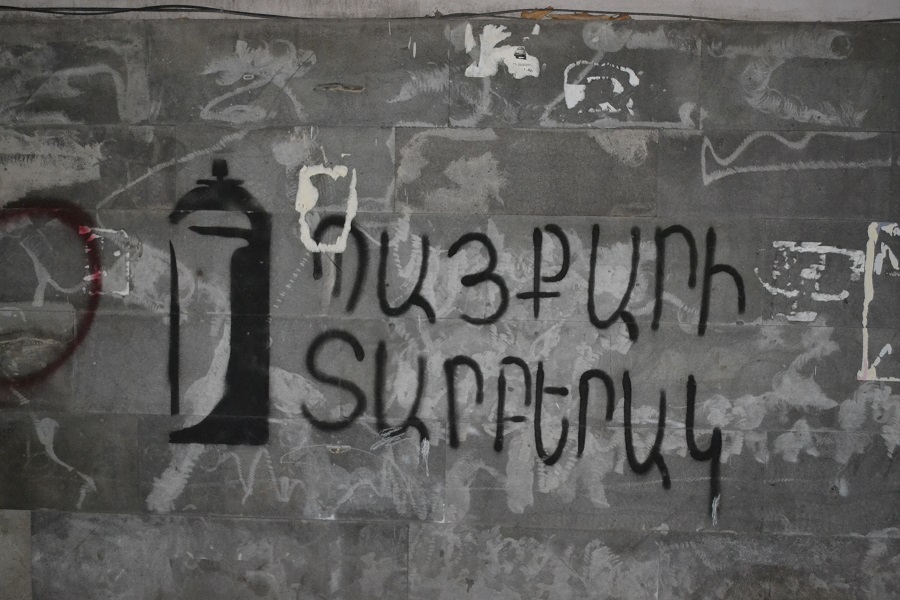
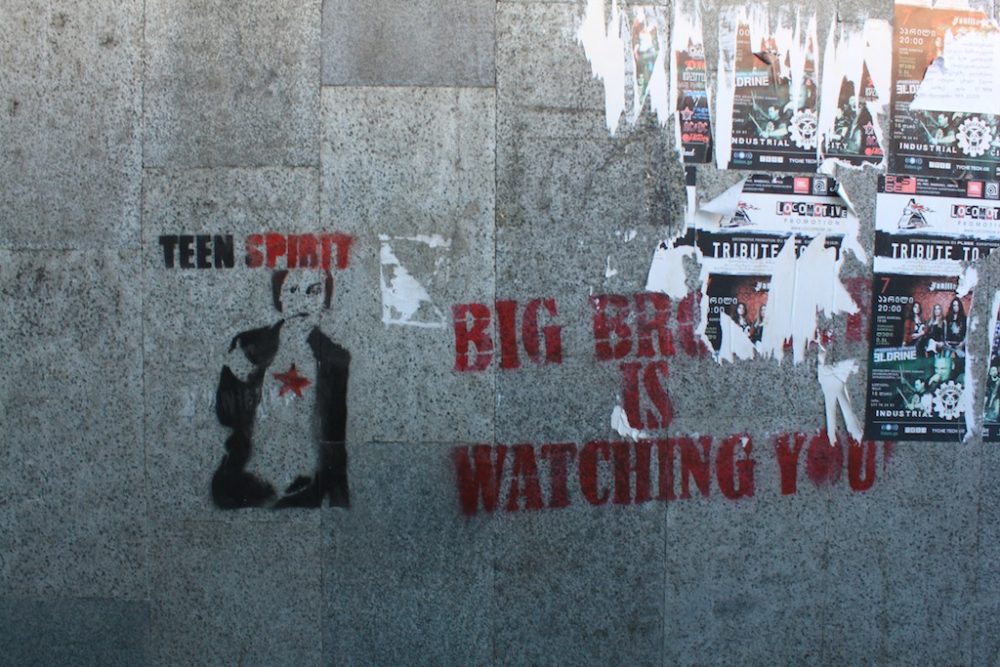
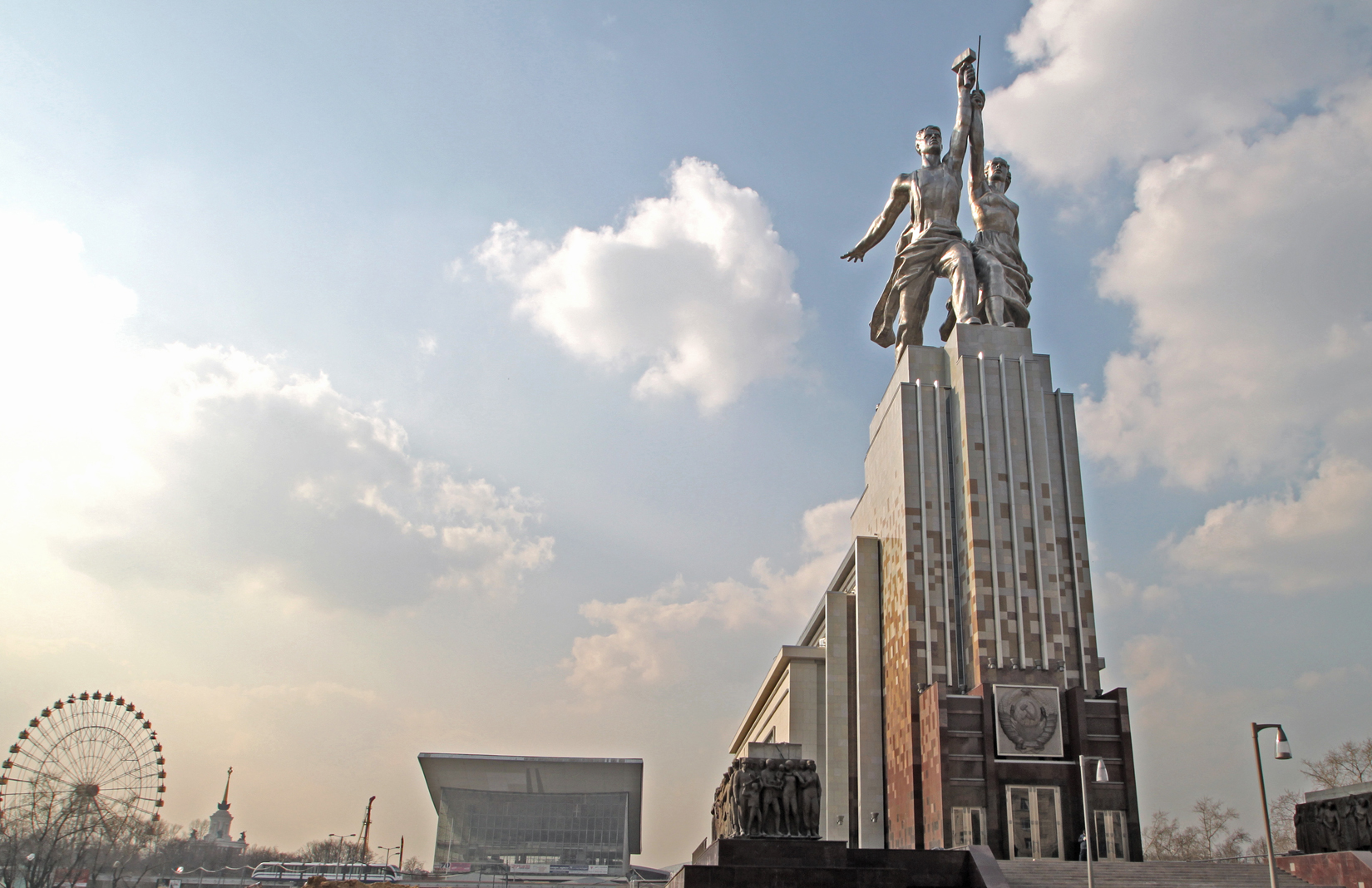
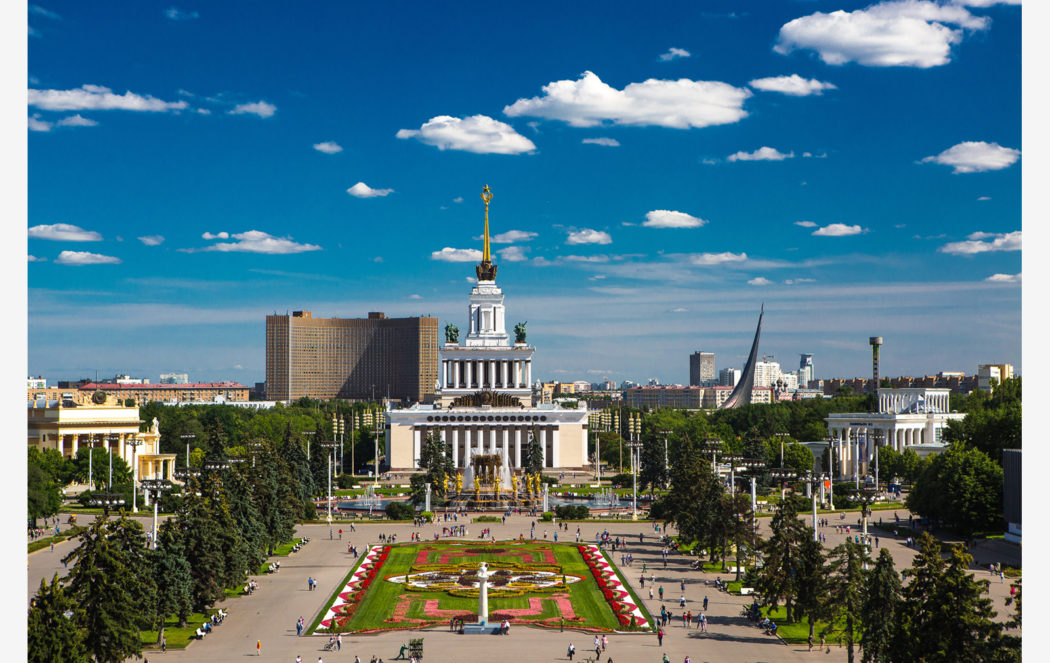

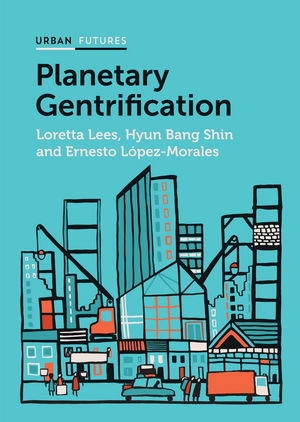 With the same three authors, Planetary Gentrification may be seen as a companion to the 2015 volume,
With the same three authors, Planetary Gentrification may be seen as a companion to the 2015 volume,